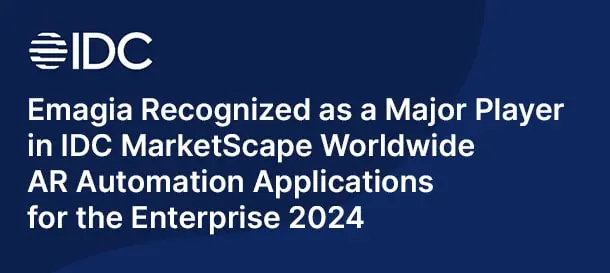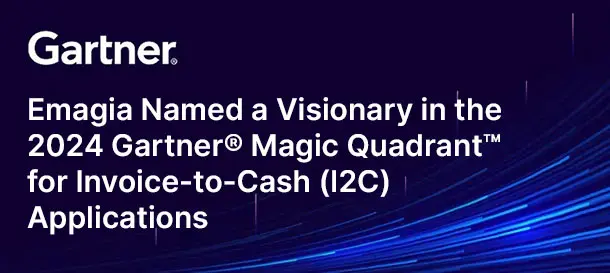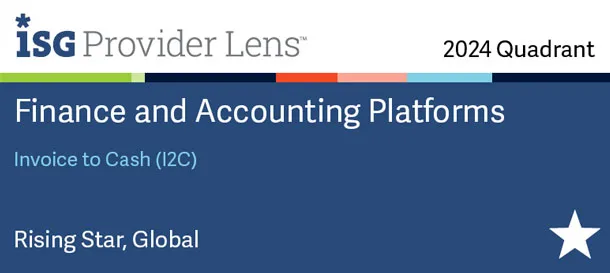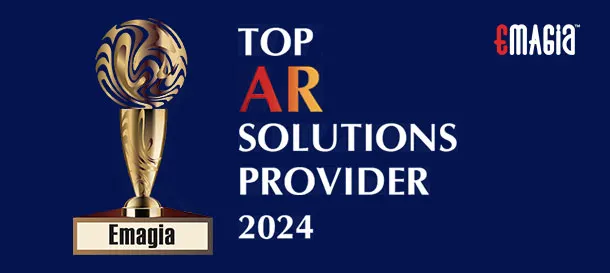Swift and accurate cash application is essential to cash flow, accounting, and customer relations. However there are several familiar challenges. Accurate and competent automation is necessary to meet the challenges. AI-powered hyper-automated cash application meets the need.
Cash application is critical to Swift and accurate cash application are critical to cash flow, AR accounting, and customer relations. But several challenges to this underappreciated function are familiar to those who understand what is involved. Enterprises face enormous volumes of payments. Deductions mean inexact matching. And with the advent of multiple forms of electronic payments, cash application complexity jumped since payment and remittance information were now separate, unlike checks. As a result, automation became essential, but RPA alone is not up to the tasks.
Hyper automation, one of Gartner’s top technology trends, speeds up processes, improves quality and enhances decision making. Hyper automation involves the combination of AI, analytics and automation to do what prior-generation automation could not. This AI-powered hyper automated solves enterprise cash application challenges.
AI-Powered Cash Application Automation
What does AI-powered cash application mean? It means applying such AI technologies as machine learning, neural networks, rule-based expert systems, and natural language processing to the process. As a result, AI-powered cash application can gather and interpret diverse remittance advice, match payments and invoices, document short pays, and execute exception process workflow with data-driven guidance.
AI-powered cash application achieves 85 to 95 percent auto-cash matching and does it in a fraction of the time it would take humans. It supports the human resolution of the small percentage of remaining unmatched payments, presenting likely matches based on customer habit patterns. AI-powered cash application can process massive invoice volumes from disparate ERP systems across an enterprise.
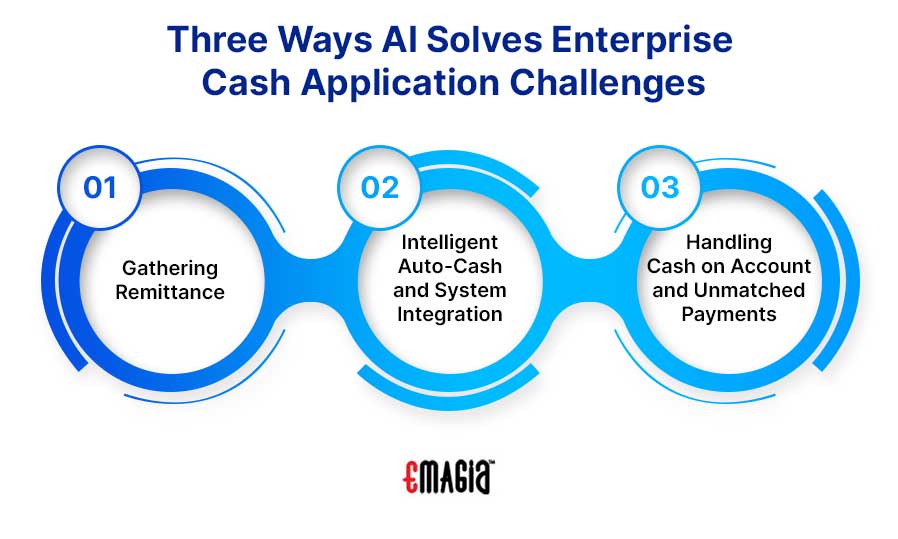
1. Gathering Remittance
The first challenge in the cash application process is gathering remittance information. Check payments are slow, costly, and subject to fraud. But electronic payments, for all the ease, cost savings and speed, brought new challenges, namely the separate transmission of remittance information from payment, multiple electronic payment channels, and the variety of remittance formats.
With checks, the payment and the information indicating what it is for arrive together. Of course, someone must input the data from the remittance portion of the check. But with electronic payments, payment and remittance advice come independently through various channels. AR must capture remittance information from various communications, then align payments and remittances before matching and application. Done manually, it is too slow for most organizations’ volumes and is error-prone.
AI-powered cash application solutions employ intelligent RPA and cognitive data capture to gather remittance information from all manner of sources, including customer documents, vendor portals, emails, EDI, and various lockbox and bank statement formats. AI-powered RPA outperforms “dumb” RPA in handling multiple unknown formats. And if AR receives payment without corresponding remittance information, in leading systems like Emagia, a digital assistant follows up directly with the customer to obtain it.
Fully automated remittance gathering eliminates manual document handling and data entry, eliminating an error-entry point and giving AR staff time saved from data gathering. These capabilities represent a significant advance and opportunity for organizations.
2. Intelligent Auto-Cash and System Integration
In an AI-powered cash app system, a company can pre-set specific tolerances in the rules-based auto-cash engine. The advantage of AI is in applying analytics and machine learning, which improves outcomes as it goes. An auto-match rate can reach 85 to 95 percent.
The Emagia system’s auto-cash engine applies cash based on invoice, PO or sales order. It integrates with all ERP systems’ AR and Collection modules and handles system differences in handling short payments. It also determines and provides reason codes for deductions.
As an example, Emagia integrates with Netsuite through the latter’s APIs. For other ERPs, Emagia utilizes each system’s APIs or provides flat files for those without APIs.
NetSuite handles deductions in a particular way. Netsuite deducts the amount paid for partial or short pay from the invoice amount but leaves the invoice open with the unpaid amount, similar to Oracle but very different from SAP. Emagia’s auto cash engine handles short pays in the same way for Netsuite accounts.
AI-enabled analytics provides monitoring and produces insights into throughput, backlogs, and error rates. In addition, the analytics support root-cause analysis for errors and bottlenecks and identify customers with high amounts of unapplied cash.
3. Handling Cash on Account and Unmatched Payments
In its review of AR hyperautomation systems, Gartner reports on Emagia’s platform as follows: “Unmatched receipts are opened on the workbench with recommendations on partial matches. Emagia’s receivables analytics provide dashboards, visualizations, analysis and forecasting for decision support.”
For cash on account or unapplied cash, where the customer is known, Emagia’s analytics provide the cash applicator with recommendations on partial matches of one or more invoices up to the payment balance, considering tolerance settings.
The system sends the approximately 10 percent unmatched payments to the workbench for human involvement for several reasons:
- On Account cash and matching is best handled with a review from a cash applier.
- A cash applier may want to make an adjustment based on the available information and can do so before the application.
- Customers may provide the remittance information post facto, 2-3 days after the payment arrives, in which case the system then can proceed with the auto-match.
Emagia also has a digital assistant, Gia, with a “request for remittance” feature whereby Gia interacts directly with the customer to obtain missing remittance information.
Cash Application Automation Fulfilled
The union of AI, analytics and automation finally effectively speeds cash application to support better cash flow, timely and accurate accounting, and better customer relations. All three areas are vital to an enterprise’s success. Faster cash application means cash is available sooner, and the AR balance is reliable. In addition, fast and accurate application of payments builds customer confidence and, together with other aspects of AR hyper-automation, improves customer experience. AI-powered cash application is part of the new hyperautomated AR and O2C process.

